Ise Shrine, UNKNOWN DESIGNER, ISE, Japan, 690 AD
ADD: captions & vocab links
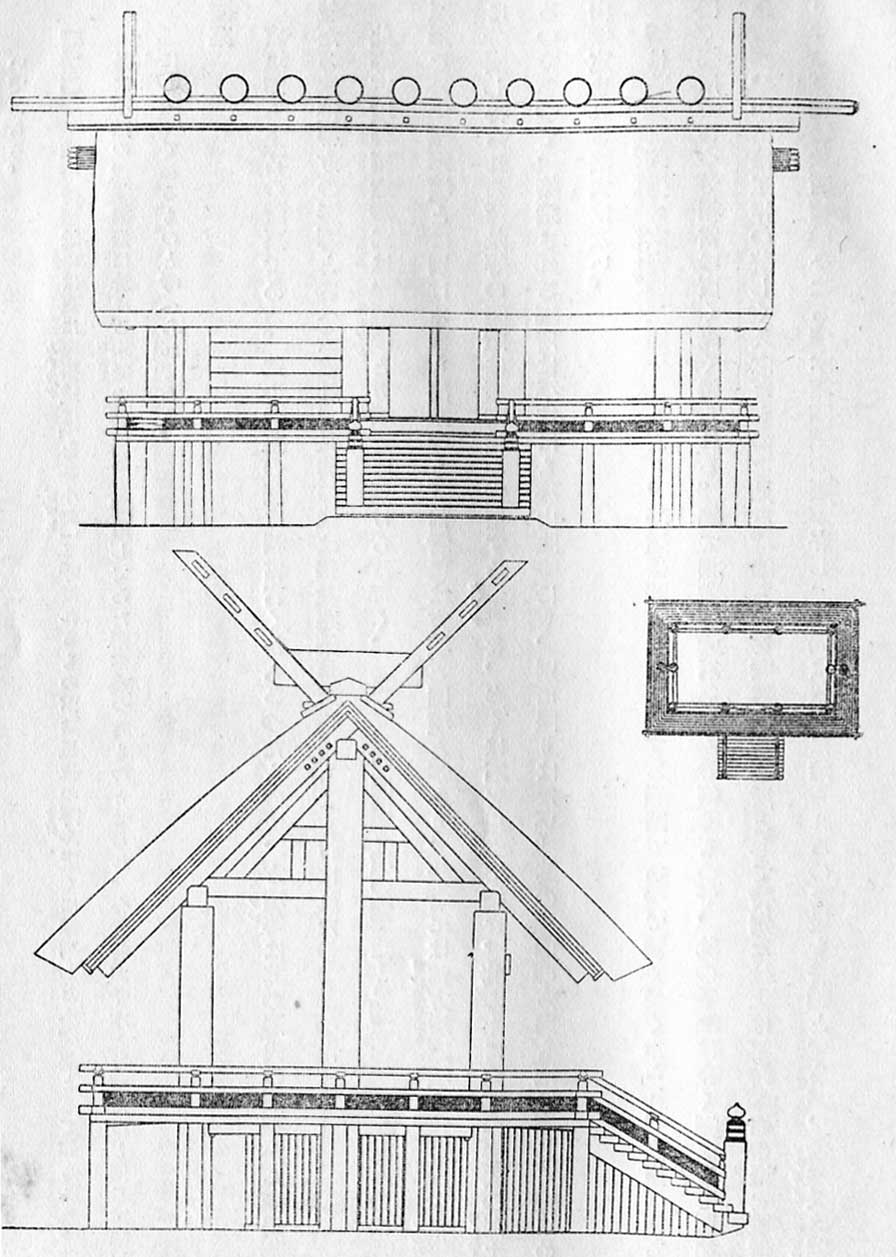
Image 1: Plan and Elevation of Ise Shrine
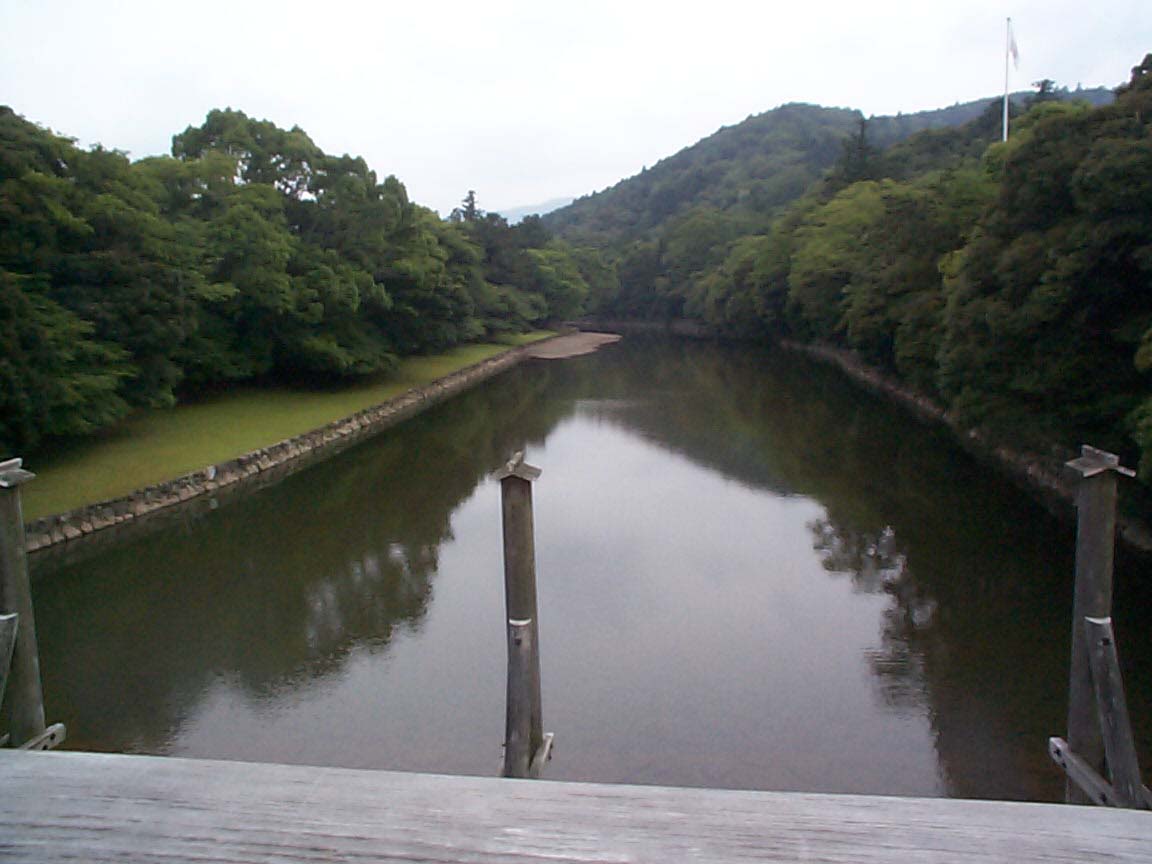
Image 2: Isuzu River
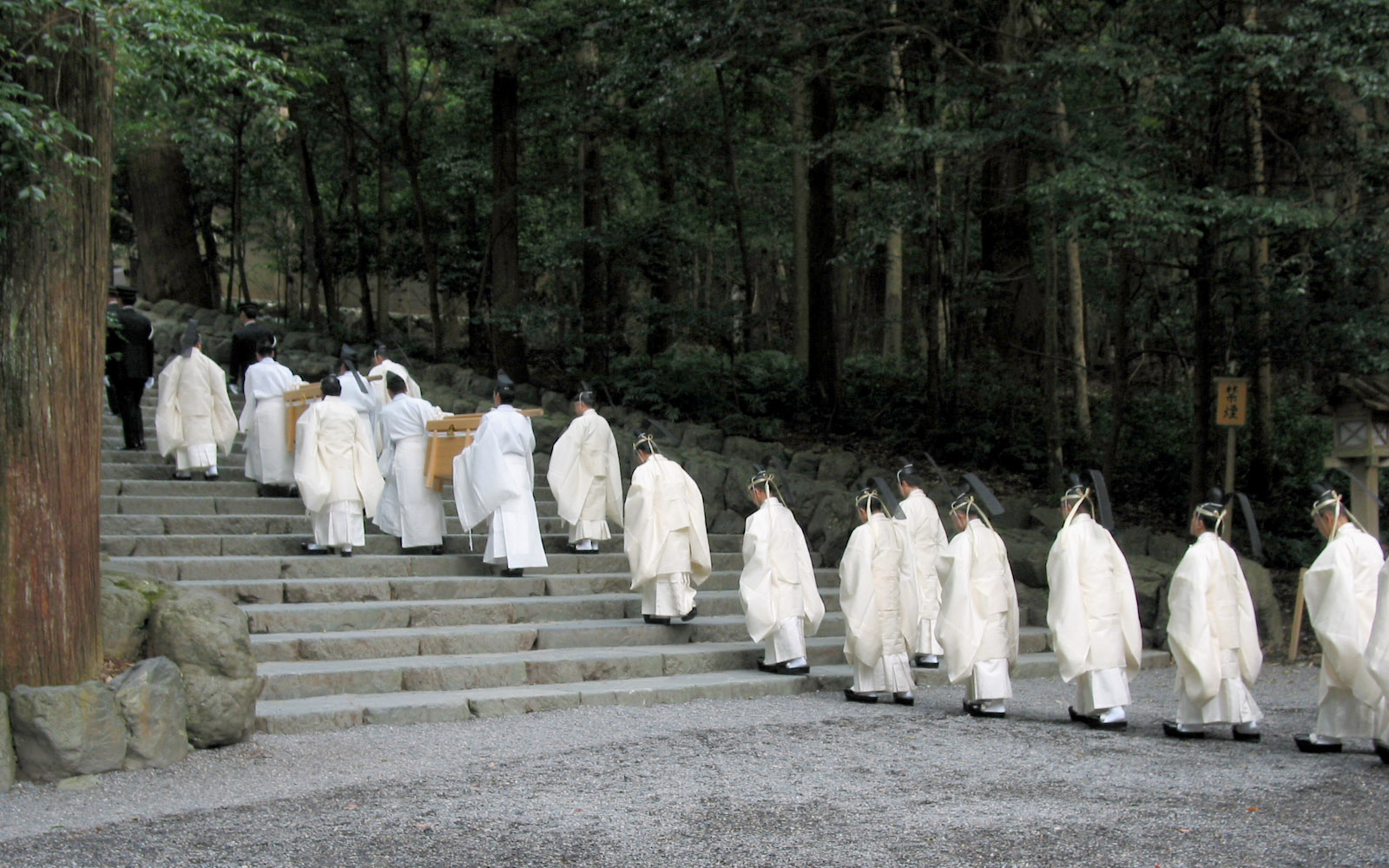
Image 3: Natural area that increases sanctity
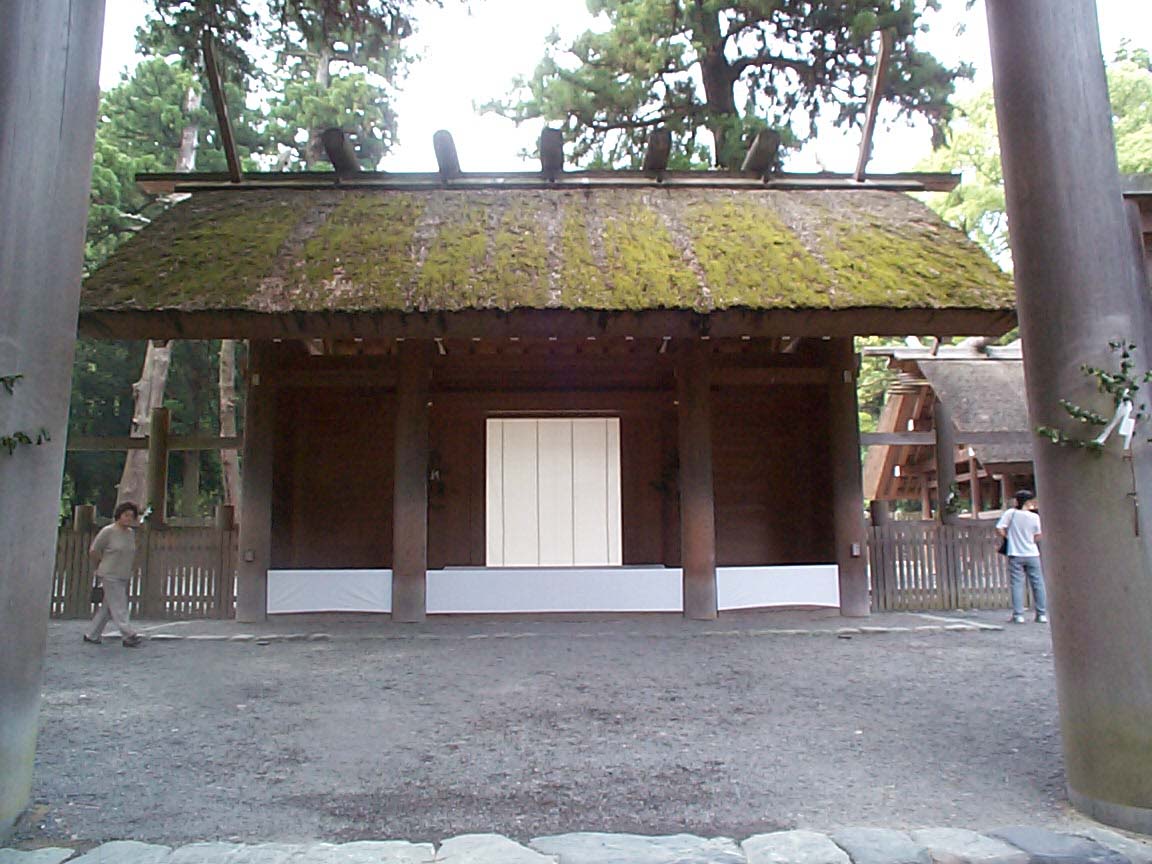
Image 4: Thatch insulation barrier
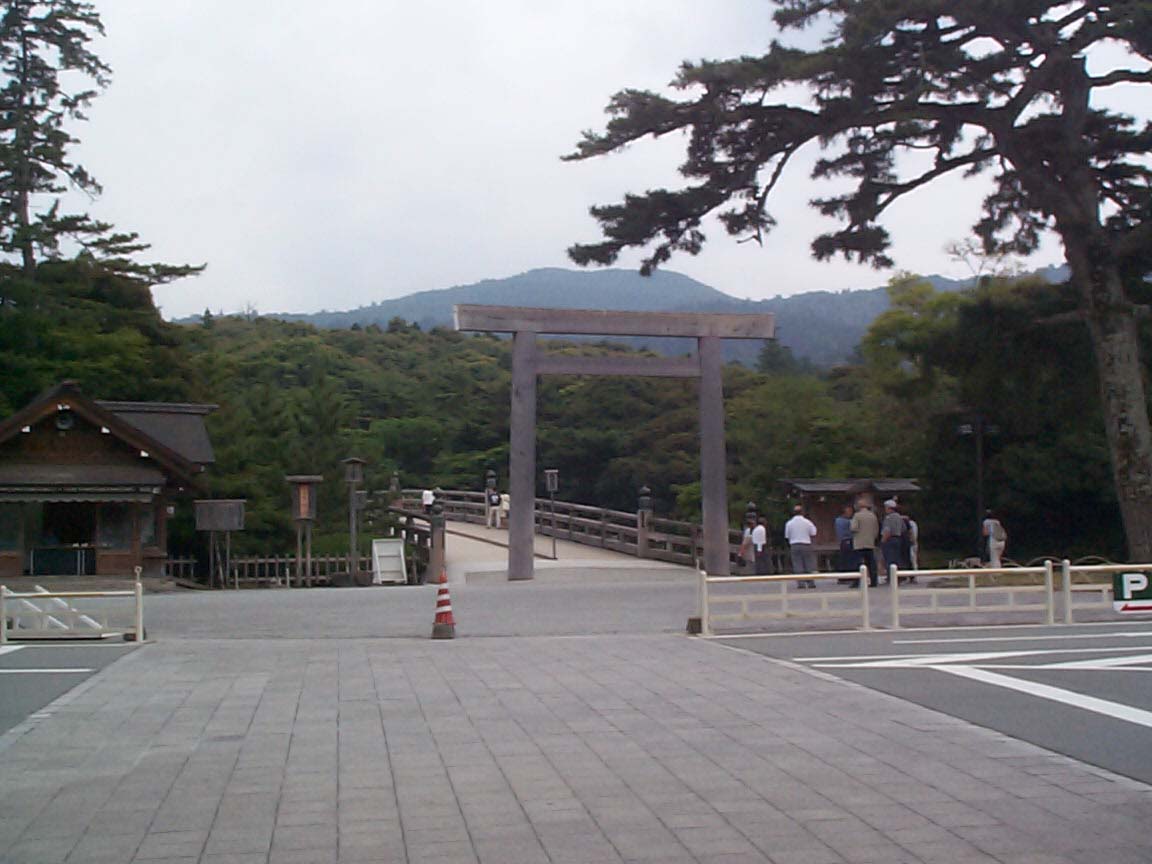
Image 5: Trabeated Arch
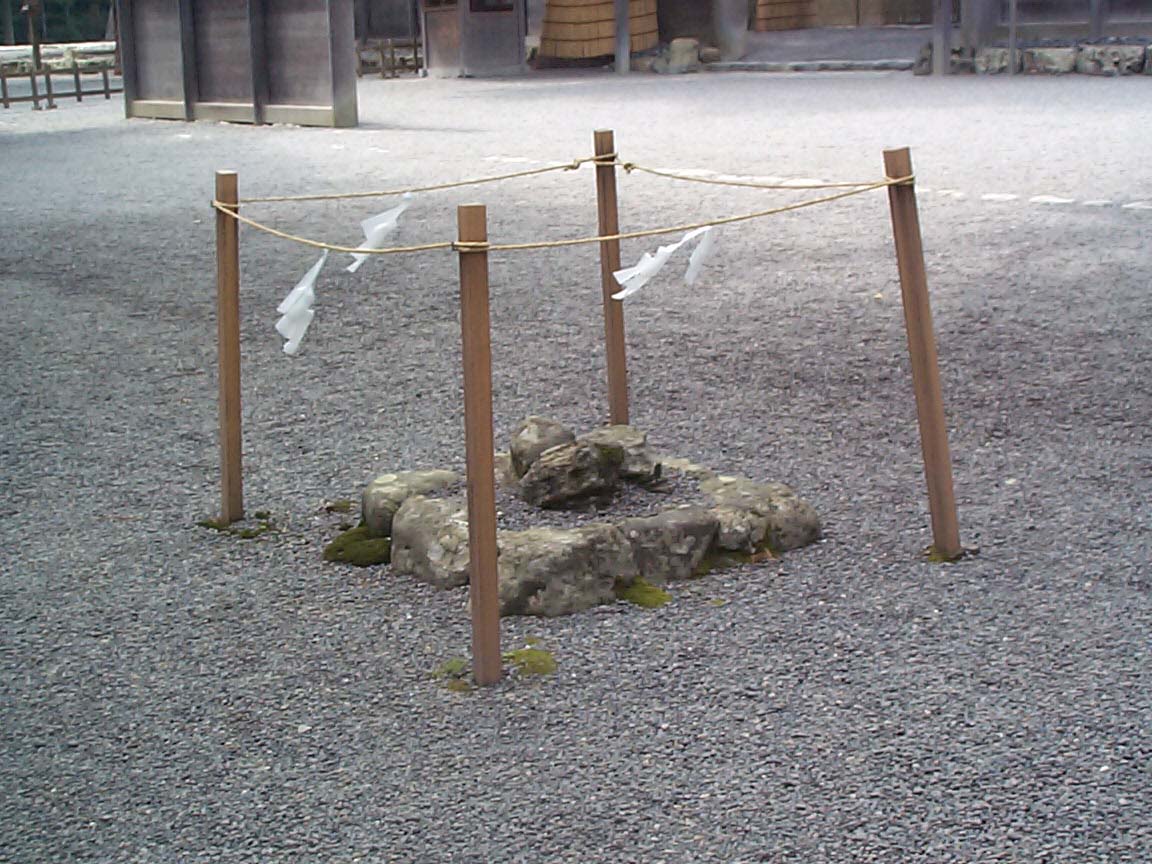
Image 6:
Important to the culture related to Ise shrine is SHINTO, an indigenous religion of Japan with a reverence to nature. Shinto means ‘way of the KAMI’, kami being the spirit in Shinto religion. Shinto is a religion open to all Japanese and is part of their culture. The connection to nature is important to Shinto and will be related through the architecture at Ise Shrine.
Ise Shrine is located near the coast of Japan. The local context at the site is bordered by the Isuzu River (image 1). It is a large complex and entrance crossing the Isuzu River is greeted by a TORI ARCH, a simple trabeated arch with perpendicular posts and beam across the top (image 4). The tori arch defines a hierarchy, separating a more important space past the arch. Reverence to water is important not only at Ise Shrine but for the Japanese culture. The country of Japan is a set of islands. Water is an important element for sustenance and connecting the culture to the outside world. Water is highlighted in various locations of the complex to cleanse and sanctify the body, particularly to clean hands and feet. Continuing past the entrance, the connection to nature is clear. Many of the paths are weaving through the heavily forested site. This natural setting enhances the sanctity of the place, reminding one about the primary religious purpose (image 2).
Important in understanding Ise Shrine are the many competing dualities present at the site. The Japanese are encouraged to make a pilgrimage to this holiest of Shinto sites. When they (or any others) visit, what they are able to experience is limited. The most important part of the site, the Naiku or Inner Shrine, is surrounded by a series of four fences. Each fence denotes a hierarchy where the more important worshippers are allowed beyond each fence. Therefore while the general culture is encouraged to visit, most can only see the top of the buildings above the fences.
The construction system at the site is TRABEATED, using posts and lintels. There are two main materials for the constructions at the site, wood and thatch. The monks use wood grown in the surrounding forests with no mechanical fasteners for the construction, a tradition continued for hundreds of years. Thatch is used as the roofing material. It is a living material that is coarse and rough, yet shaped to be sharp and precise. The thatch at Ise buildings is dense, at least 18 inches, forming an insulation barrier as well (image 3).
There are multiple reasons for the trabeation and buildings being lifted from the ground, several are related to geography. Japan is located along the Ring of Fire, a seismically active part of the world. It is an area susceptible to earthquakes and tsunamis. Trabeation is one of the most effective structural systems to help resist these natural forces. The Japanese have become adept in their construction systems because of the many reconstructions they have completed throughout their history. The folkhouse is another reason the building is lifted. The folkhouse is a precedent appropriated for the religious buildings at Ise Shrine. The folkhouse is where food or grains were stored. There were two advantages to lift up the building from the ground: keeping away from animals and to keep away from ground moisture. The folkhouse building is lifted from the ground and has a heavy, thick roof borrowed in Shinto shrines.
The primary diety worshipped at Ise Shrine is AMATERASU, goddess of light in Shinto religion. The understanding of how her kami came to reside at Ise is part fact and part myth, both widely understood by Japanese culture. Amaterasu was worshiped at Imperial Court, then her kami was banned from the court. Her kami wandered into the countryside, and looked for a new place to reside where she retreated into a cave at the Ise site. The SACRED HEART MIRROR is the most important RELIQUARY at Ise Shrine stored in the Naiku. The Sacred Heart Mirror is important because it was held at the mouth of the cave where her kami was residing. Amaterasu saw a flickering of light, she was intrigued and started to retreat from the cave. The light was her reflection, because she is the deity of light. This is the reason her kami exists in this particular location and why the location is sacred. TOYOUKE is the secondary diety worshipped at Ise Shrine, the diety to food, housing and clothing. Each diety has their own subsequent complex of main and supplementary buildings with four fences.
The first date of construction is noted as 690 A.D., and one might wonder how the wood is in such good condition for that age. The site is rebuilt every 20 years. Everything at each of the sites for Amaterasu and Toyouke gets reconstructed including all the buildings and all the fences. The only piece that has not been rebuilt is the central post in the Naiku where the sacred heart mirror is located
The rebuilding happens every 20 years since 690 A.D. with the exception of two periods in time of war. The materials are grown from the surrounding forests, then harvested, purified and crafted into their final form by the monks. The site is rebuilt exactly the same site every 20 years. The new site is rebuilt next to the current site in use. It is a SUBLIME site, not because of the monumentality seen in many other projects. The dedicated efforts of the monks to religiously remake the site for centuries is a unique and awe inspiring quality. Though Ise Shrine takes effort to visit, one will not be disappointed.
Media Attributions
- Ise Shrine Drawings is licensed under a Public Domain license
- Isuzu River © Aimee Moore is licensed under a CC BY-NC (Attribution NonCommercial) license
- Ritual at Ise Shrine © Tawashi2006 is licensed under a CC BY (Attribution) license
- Ise Shrine Porch View © Aimee Moore is licensed under a CC BY-NC (Attribution NonCommercial) license
- Entrance Gate at the Ise Shrine © Aimee Moore is licensed under a CC BY-NC (Attribution NonCommercial) license
- Ise Shrine Detail of Rocks © Aimee Moore is licensed under a CC BY-NC (Attribution NonCommercial) license
‘way of the kami’. An indigenous religion to Japan with a reverence to nature.
spirit in Shinto religion
a simple trabeated arch characteristic in Japanese architecutre
(these two vocabulary phrases mean the same) a construction system of vertical members (posts) working in compression and horizontal members (lintel) working in tension. Trabeation works better in specific materials (wood and steel) than stone because of the tension and spanning limits of the lintels.
goddess of light in Shinto religion. Amaterasu is the primary diety worshipped at Ise Shrine.
the most important reliquary worshipped at Ise Shrine located in the most sacred inner Naiku. The sacred heart mirror was the object used to withdraw Amaterasu from the cave where she retreated.
an object of significance of a religion
diety to food, housing and clothing. Toyouke is the secondary diety worshipped at Ise Shrine.
inspiring a feeling of awe, could be by scale, function or effect.
